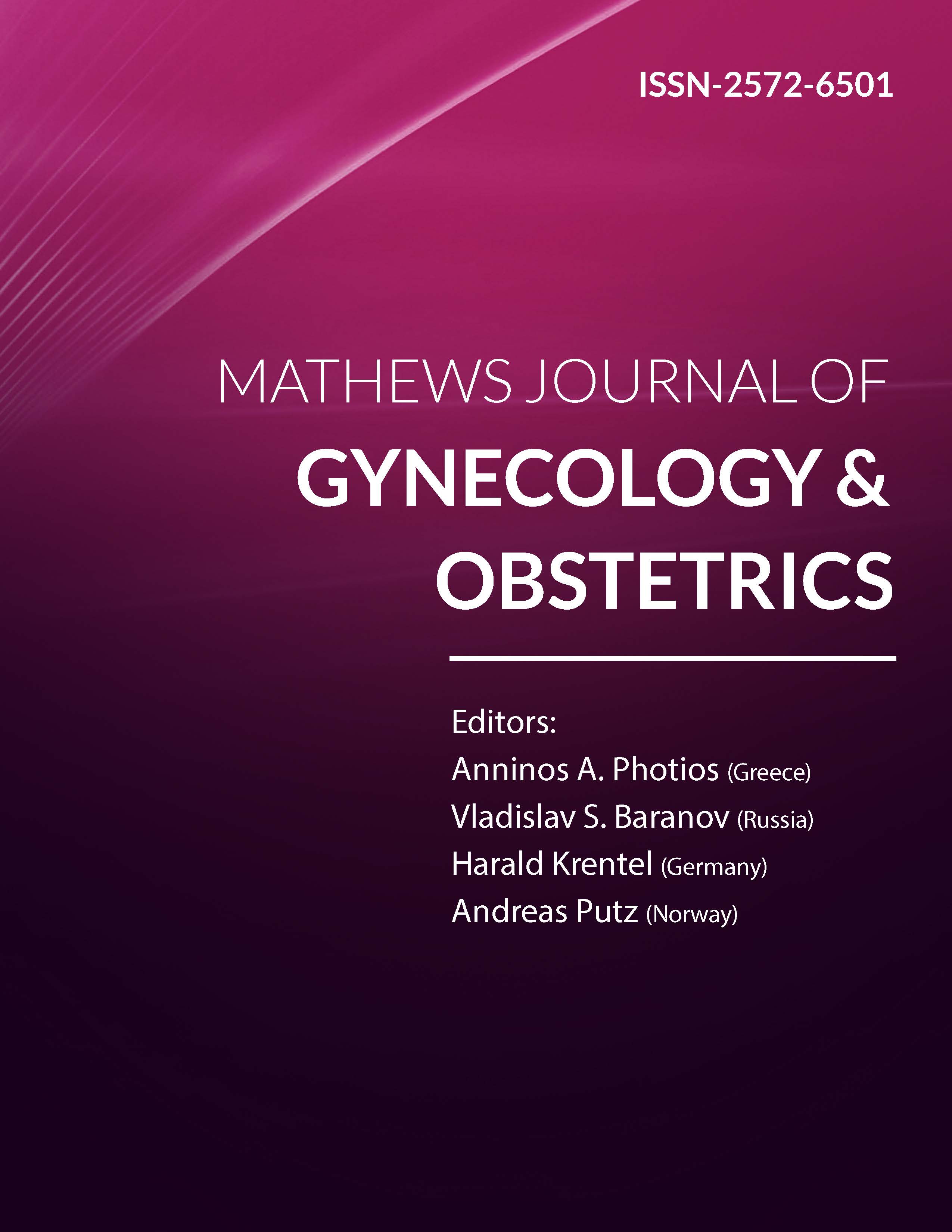
Information Links
Previous Issues Volume 8, Issue 2 - 2024
The Relationship between Maternal Risk Factors and Congenital Cardiac Abnormalities Detected via Echocardiography
Hakimeh Saadatifar1, Sepideh Gareh Sheyklo2, Ahmad Moosavi3,*, Roya Kordzanganeh4
1Assistant Professor of Echocardiography, Department of Cardiology, School of Medicine, Dezful University of Medical Sciences, Dezful, Iran
2Assistant Professor of Obstetrics and Gynecology,Department of Obstetrics and Gynecology, School of Medicine, Dezful University of Medical Sciences, Dezful, Iran
3Associate Professor of Healthcare Services Management Department of Community Medicine, School of Medicine, Dezful University of Medical Sciences, Dezful, Iran
4Medical Student, School of Medicine, Dezful University of Medical Sciences, Dezful, Iran
*Corresponding author: Ahmmad Mousavi, PhD, Associate Professor of Healthcare Services Management Department of Community Medicine, School of Medicine, Dezful University of Medical Sciences, Dezful, Iran, Phone: +989385889860, Email: [email protected]; [email protected]
Received Date: June 03, 2024
Published Date: August 02, 2024
Citation: Saadatifar H, et al. (2024). The Relationship between Maternal Risk Factors and Congenital Cardiac Abnormalities Detected via Echocardiography. Mathews J Gynecol Obstet. 8(2):38.
Copyrights: Saadatifar H, et al. © (2024).
ABSTRACT
Background: Congenital heart disease (CHD) is a leading cause of birth defects, affecting up to 10 out of 1,000 live births. Understanding the risk factors associated with CHD is crucial for early detection and intervention. This retrospective case control study aimed to investigate the relationship between maternal and paternal characteristics and the development of congenital heart abnormalities in newborns in Dezful, Iran. Material and Methods: The study patients consisted of 60 infants with confirmed CHD and 60 healthy controls. Data on maternal age, paternal age, maternal education, place of residence, maternal weight gain, maternal underlying disease, parental smoking and alcohol use, family history of CHD, history of miscarriage/stillbirth, and Maternal multivitamin use during pregnancy were collected. Descriptive and inferential statistical analyses, including chi-square, t-test, and independent sample tests, were performed using SPSS software. Results: The study found that both younger (<20 years) and older (>30 years) maternal age (χ2 = 1.42, p = 0.042), as well as older paternal age (>30 years) (χ2 = 0.53, p = 0.046), were associated with a higher incidence of CHD. Maternal underlying disease, such as diabetes, hypothyroidism, and anemia, were significantly more prevalent in the CHD group (χ2 = 8.57, p = 0.003). Paternal smoking (χ2 = 1.91, p = 0.048) and maternal weight gain exceeding 10 kg during pregnancy (χ2 = 8.40, p = 0.03) were also identified as risk factors. A family history of CHD (χ2 = 4.13, p = 0.042) and a history of miscarriage/stillbirth (χ2 = 6.13, p = 0.013) were more common in the CHD group. Maternal education level and multivitamin use were not found to be significantly associated with CHD. Conclusions: This study highlights the complex interplay of maternal, paternal, and genetic factors that contribute to the development of congenital heart defects. The findings emphasize the importance of targeted screening, prenatal care, and the implementation of preventive strategies to address modifiable risk factors and reduce the burden of CHD in the study population.
Keywords: Congenital Heart Defects (CHDs), Maternal Risk Factors, Paternal Risk Factor.